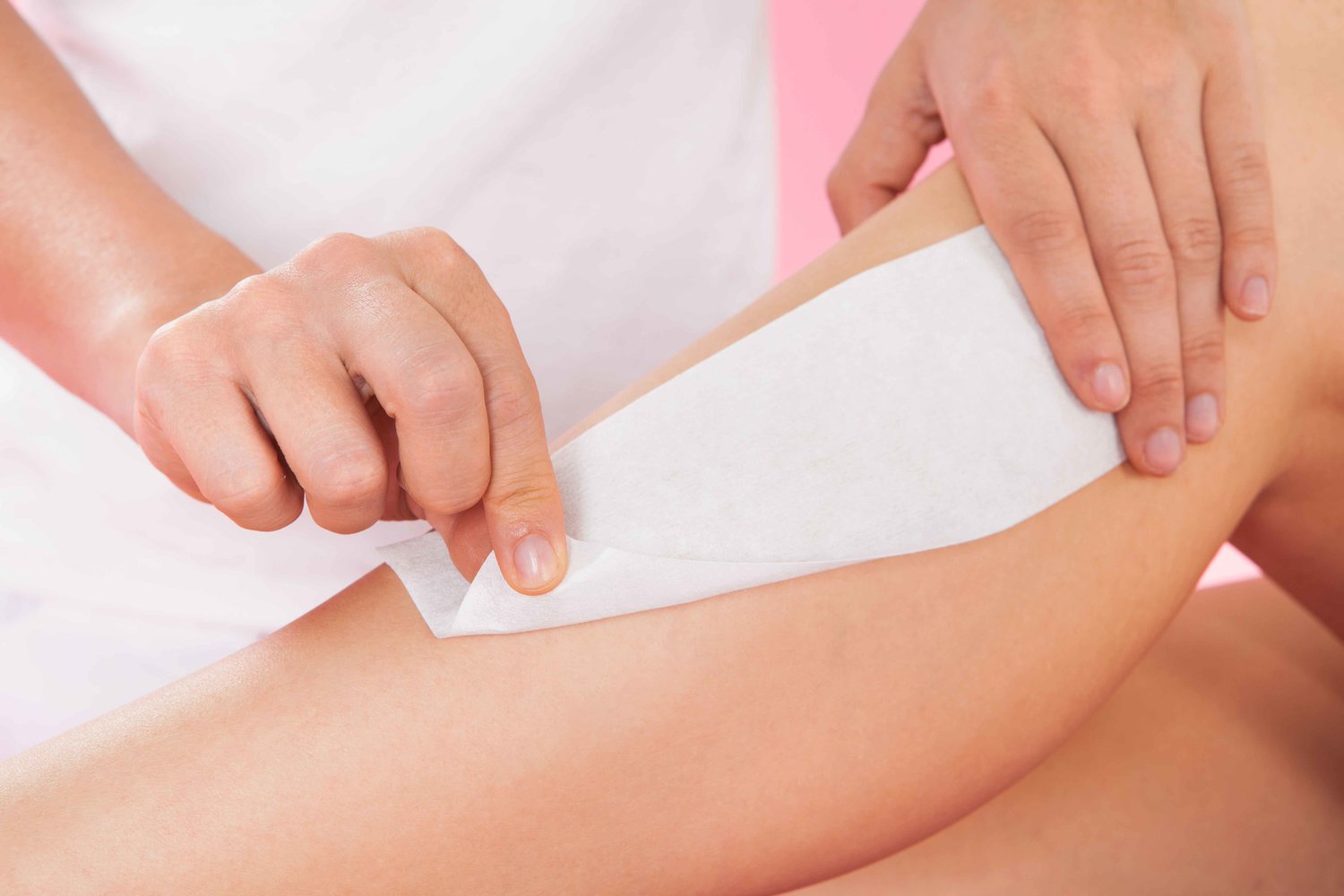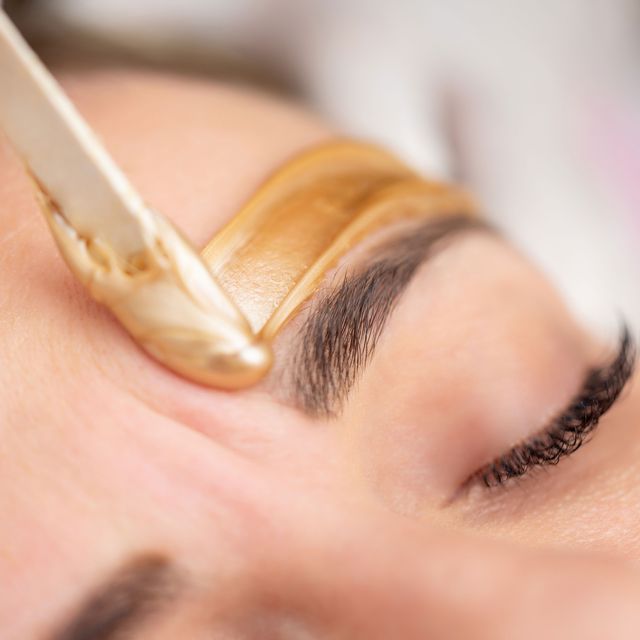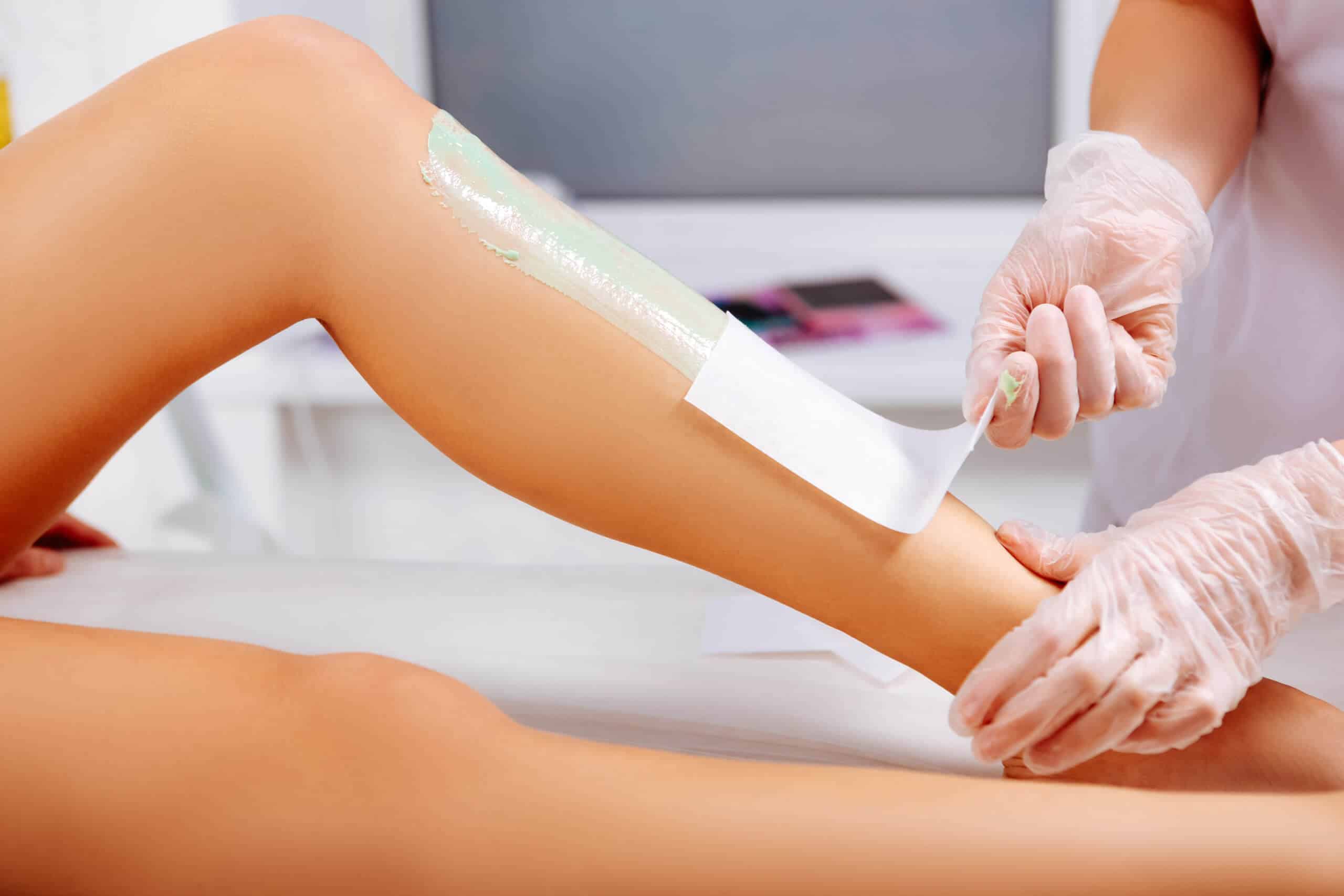Understanding the Art of Waxing: Vital Tips for a Painless Hair Elimination Experience
In the realm of individual grooming, mastering the art of shaving is a skill that can considerably boost one's hair removal experience. From pre-waxing preparation to selecting the best wax and mastering appropriate waxing methods, the trip to a pain-free waxing experience is paved with understanding and proficiency.
Pre-Waxing Prep Work
Prior to undergoing a waxing session, it is crucial to effectively prepare your skin to minimize discomfort and attain optimal hair elimination results. Prevent moisturizing on the day of your shaving session as it can produce a barrier in between the wax and your hair, leading to much less effective outcomes.
In addition, it is essential to cleanse your skin completely before waxing to remove any type of oils, creams, or dust that might hinder the wax's ability to grip the hair. This action not only boosts the efficiency of the waxing procedure but also helps lower the danger of post-waxing outbreaks - Laser Hair Removal. By complying with these pre-waxing preparation steps, you can make certain a smoother and extra comfy hair removal experience

Selecting the Right Wax
Picking the ideal sort of wax is important for making certain a effective and comfy hair elimination process. There are a number of kinds of waxes offered, each dealing with various skin kinds and hair structures. The 2 primary categories of wax are difficult wax and soft wax. Tough wax is suitable for sensitive locations like the face, underarms, and swimsuit line as it sticks just to the hair, making it much less painful for these fragile locations. On the other hand, soft wax is ideal for bigger locations like legs and arms as it is used very finely and gotten rid of with fabric strips.
When selecting a wax, consider your skin level of sensitivity, hair thickness, and the area you intend to wax. For those with delicate skin, hypoallergenic waxes with added soothing agents like chamomile or aloe vera can help in reducing inflammation. Rugged hair might require a wax specifically developed for solid hair elimination. In addition, if you are brand-new to waxing, it may be beneficial to start with a gentle formula to determine your skin's reaction prior to trying a lot more potent alternatives. Consulting with a specialist esthetician can likewise give valuable insight into the ideal wax for your private demands.
Proper Waxing Technique
To begin, it is vital to cleanse the skin thoroughly before applying the wax. Additionally, always guarantee that the wax is heated up to the right temperature to prevent burns or inadequate hair removal. Applying the wax in the direction of hair development and removing it against the hair development assists to make certain that the hair is drawn from the origin, resulting in smoother and longer-lasting results.
Additionally, utilizing tiny sections of wax each time and pushing firmly on the wax strip before elimination can aid boost the efficacy of the process. Finally, bear in mind to use mild pressure on the skin after waxing to soothe any kind of discomfort and lower inflammation. By complying with these correct shaving strategies, you can attain a more effective and pleasurable hair elimination experience.
Aftercare Tips

Additionally, it's advisable to refrain from activities that may cause too much sweating, such more information as extreme exercises, immediately after waxing to avoid further irritability. If any redness or bumps linger after waxing, using a chilly compress or aloe vera gel can help in reducing swelling - Laser Hair Removal. Complying with these aftercare ideas vigilantly can ensure a comfortable and efficient waxing experience with resilient results

Troubleshooting Common Issues
Attending to common concerns that may develop during the waxing process is important to making certain a smooth and effective hair removal experience. One common trouble is skin inflammation, which can take place due to delicate skin or inappropriate shaving methods. To relieve this, using a soothing cream having aloe vera or chamomile post-waxing can aid relax the skin. An additional concern is ingrown hairs, where hair swirls back or grows laterally into the skin after waxing. Normal peeling with a mild scrub can avoid in-grown hairs by getting rid of dead skin cells and permitting hair to expand openly. Additionally, if you experience bruising or inflammation after waxing, using a chilly compress can decrease swelling and relieve the skin. Last but not least, if you see irregular hair removal or patches of missed out on hair, consider changing your waxing technique or seeking specialist site web assistance for more detailed locations. By dealing with these common waxing issues proactively, you can improve the overall efficiency and comfort of your hair elimination routine.
Verdict
Finally, understanding the art of waxing needs proper prep work, choosing the right wax, making use of the right method, and following aftercare pointers. By adhering to these important pointers, individuals can attain a pain-free hair elimination experience. Laser Hair Removal. It is vital to fix common issues that may occur throughout the waxing procedure to guarantee a successful and comfortable outcome. With practice and interest to information, waxing can be an effective hair elimination method.
Moreover, it is vital to cleanse your skin completely before waxing to get rid of any kind of oils, lotions, or dust that can interfere with the wax's capability to grasp the hair. The 2 main categories of wax are hard wax and soft wax.When selecting a wax, consider your skin sensitivity, hair density, and the area you prepare to wax.Moreover, utilizing little areas of wax at a time and pushing firmly on the wax strip before elimination can aid enhance the effectiveness of the process. After waxing, it's essential to keep the waxed area totally free and tidy from irritants.
 Brian Bonsall Then & Now!
Brian Bonsall Then & Now! Alexa Vega Then & Now!
Alexa Vega Then & Now! Matilda Ledger Then & Now!
Matilda Ledger Then & Now! Bo Derek Then & Now!
Bo Derek Then & Now! Pierce Brosnan Then & Now!
Pierce Brosnan Then & Now!